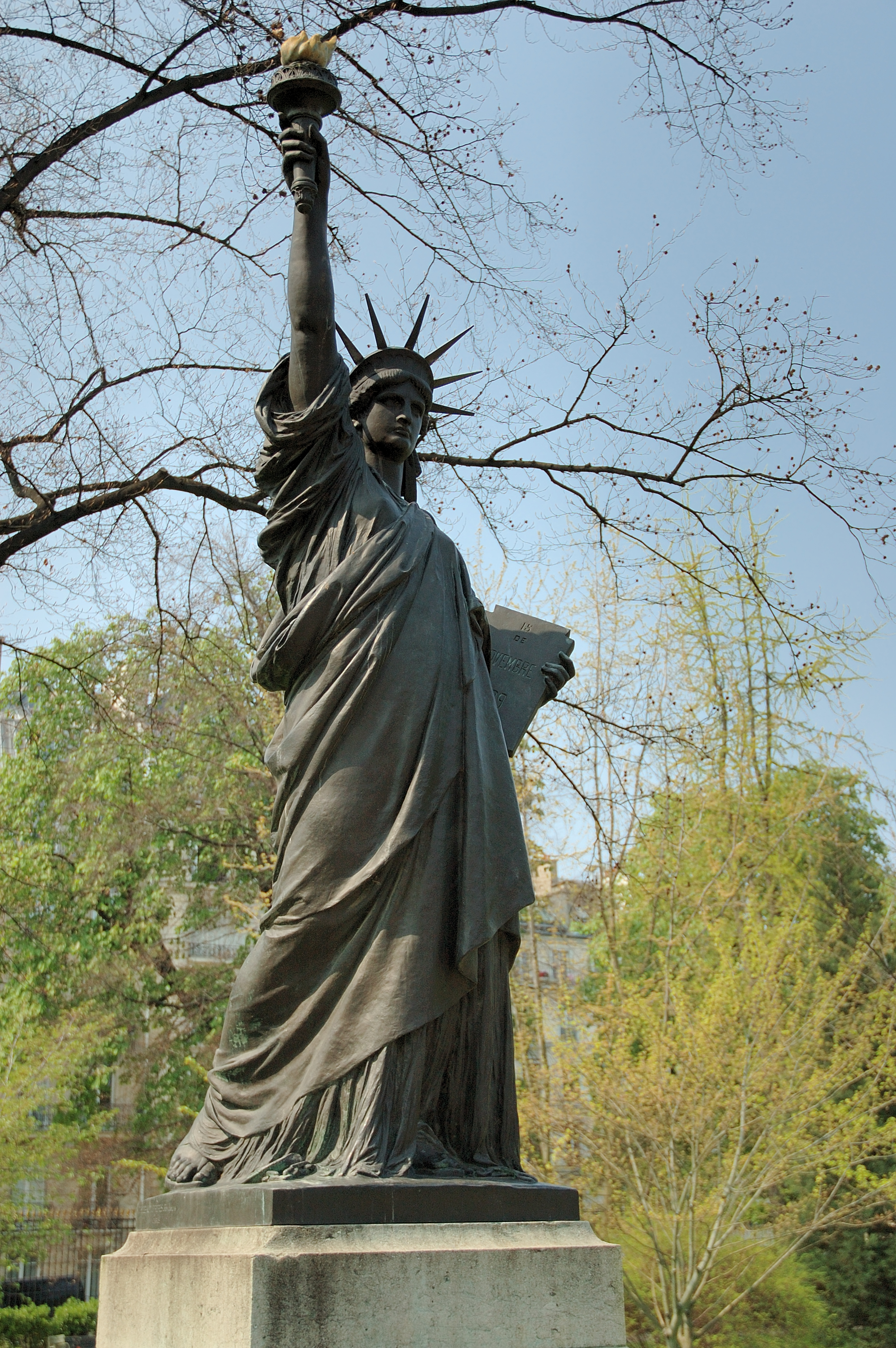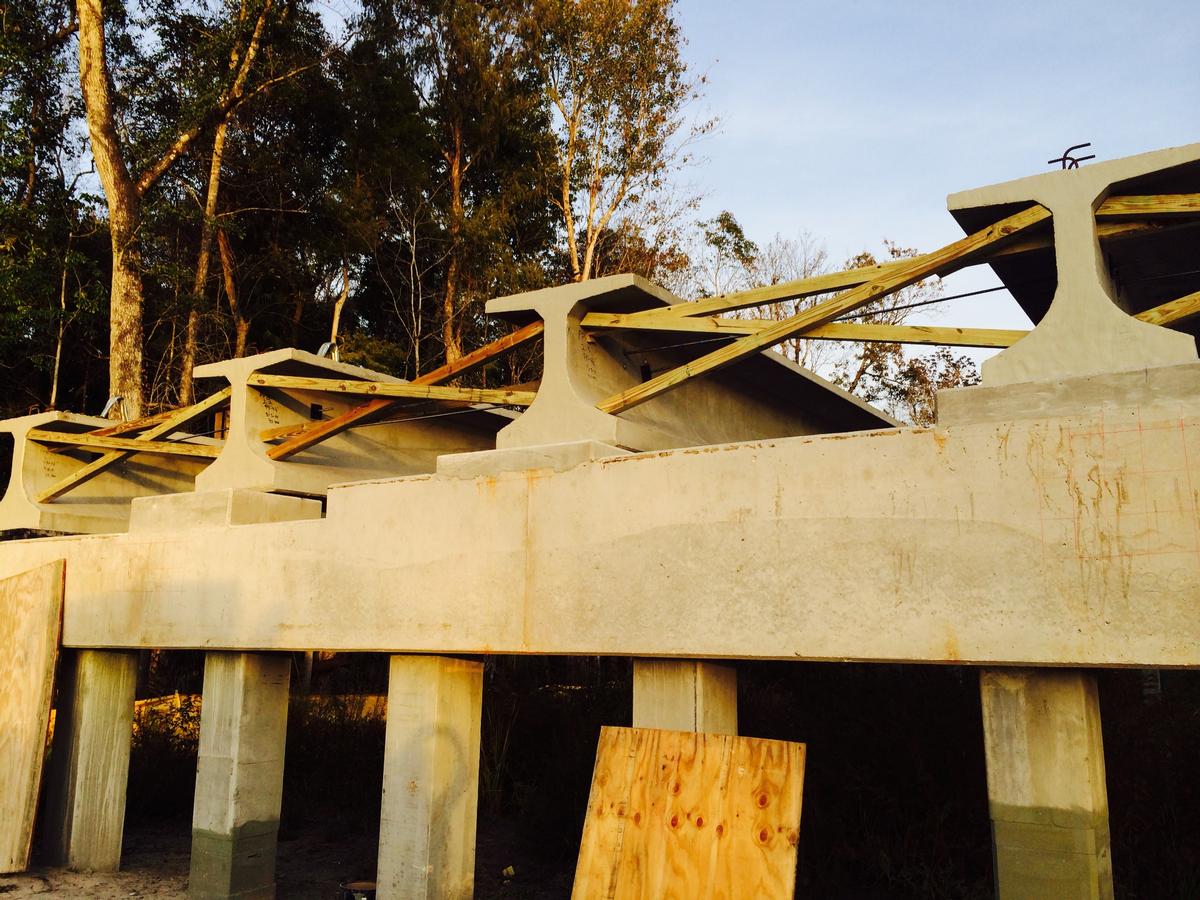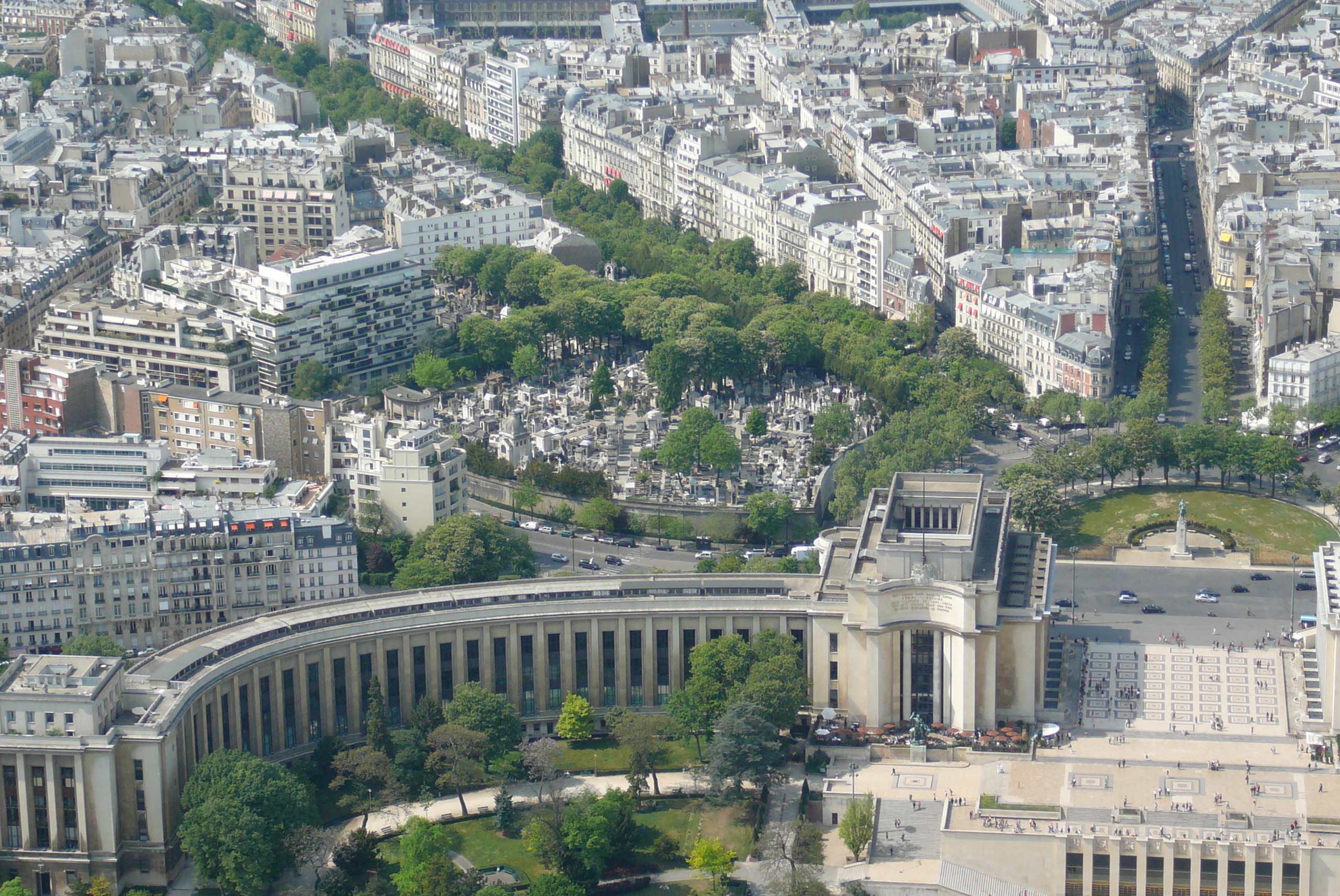|
Pont De Grenelle
The Pont de Grenelle-Cadets de Saumur, formerly known as ''Pont de Grenelle'' (English: ''Grenelle Bridge. "Cadets de Saumur''" is the name of the students of the Cavalry School) is a bridge that crosses the Seine River in Paris, France. It connects the city's 15th and 16th arrondissements, and passes through the テ四e aux Cygnes. Constructed of steel, it is a girder bridge. The current bridge was constructed in 1966, replacing an earlier bridge that had stood since 1873. The bridge passes behind a replica of the Statue of Liberty. Origin of the name The name ''Grenelle Bridge'' comes from the name of the Grenelle plain that was accessible through this bridge. Grenelle was a town in the Seine department in 1830, before it became a part of Paris's 15th arrondissement in 1860. On 18 June 2016, the bridge was renamed the "Pont de Grenelle-Cadets-de-Saumur" to honor the students of the Cavalry School who defended the Loire The Loire (, also ; ; oc, Lテゥger, ; la, Liger) ... [...More Info...] [...Related Items...] OR: [Wikipedia] [Google] [Baidu] |
テ四e Aux Cygnes
テ四e aux Cygnes (; en, Isle of the Swans) is a small artificial island on the river Seine in Paris, France, in the 15th arrondissement. It was created in 1827 to protect the bridge named the pont de Grenelle. It should not be confused with an earlier テ四e des Cygnes that was attached to the Champ de Mars in the late 18th century. The uninhabited island is 850 metres (2,789 ft) long and 11 metres (36 ft) at its widest point, making it the third-largest island in Paris. A tree-lined walkway, named L'Allテゥe des Cygnes (Path of Swans), runs the length of the island. Since 2012, there has been a public workout space with bicycles and a climbing wall underneath the Pont de Grenelle, close to a Statue of Liberty replica. The island is crossed by three bridges: the Pont de Grenelle, the Pont Rouelle and the Pont de Bir-Hakeim. It is served by the Passy and Bir-Hakeim Mテゥtro stations. Statue of Liberty replica A notable feature is a quarter-scale replica of ''Li ... [...More Info...] [...Related Items...] OR: [Wikipedia] [Google] [Baidu] |
Arrondissements Of Paris
The Paris, City of Paris is divided into twenty ''Municipal arrondissements of France, arrondissements municipaux'', administrative districts, more simply referred to as ''arrondissements'' (). These are not to be confused with departmental arrondissements of France, arrondissements, which subdivide the larger French departments of France, departments. The number of the arrondissement is indicated by the last two digits in most Parisian Postal codes in France, postal codes (75001 up to 75020). In addition to their number, each arrondissement also has a name, often for a local monument. For example, the 5th arrondissement of Paris, 5th arrondissement is also called "Panthテゥon" in reference to the Panthテゥon, eponymous building. The first four arrondissements have a shared administration, called Paris Centre. Description The twenty arrondissements are arranged in the form of a clockwise spiral (often likened to a Gastropod shell#Morphology, snail shell), starting from the middle ... [...More Info...] [...Related Items...] OR: [Wikipedia] [Google] [Baidu] |
Battle Of Saumur (1940)
The Battle of Saumur occurred during the last stages of the Battle of France during World War II, when officer cadets from the Cavalry School at Saumur, led by superintendent Colonel Charles Michon, made a defensive stand along the Loire River at Saumur, Gennes, and Montsoreau. For two days the Cavalry School, and other assorted units which had fallen back before the German Wehrmacht advance, held off a German attack. Since the battle occurred after the message by Marshal Pテゥtain which called for an end to fighting (on 17 June 1940), the event is often considered one of the first acts of the French Resistance. Prelude In the first week of June 1940, in accordance with instructions by General Maxime Weygand to delay German Wehrmacht army units, Colonel Michon issued contingency orders for the cadets to take up defensive positions along the southern bank of the Loire, not that there was any likelihood of Germans getting to the Loire. On 8/9 June there was an air raid against Saum ... [...More Info...] [...Related Items...] OR: [Wikipedia] [Google] [Baidu] |
Loire
The Loire (, also ; ; oc, Lテゥger, ; la, Liger) is the longest river in France and the 171st longest in the world. With a length of , it drains , more than a fifth of France's land, while its average discharge is only half that of the Rhテエne. It rises in the southeastern quarter of the French Massif Central in the Cテゥvennes range (in the department of Ardティche) at near Mont Gerbier de Jonc; it flows north through Nevers to Orlテゥans, then west through Tours and Nantes until it reaches the Bay of Biscay (Atlantic Ocean) at Saint-Nazaire. Its main tributaries include the rivers Niティvre, Maine and the Erdre on its right bank, and the rivers Allier, Cher, Indre, Vienne, and the Sティvre Nantaise on the left bank. The Loire gives its name to six departments: Loire, Haute-Loire, Loire-Atlantique, Indre-et-Loire, Maine-et-Loire, and Saテエne-et-Loire. The lower-central swathe of its valley straddling the Pays de la Loire and Centre-Val de Loire regions was added to the World ... [...More Info...] [...Related Items...] OR: [Wikipedia] [Google] [Baidu] |
Seine (department)
Seine was the former department of France encompassing Paris and its immediate suburbs. It is the only enclaved department of France at that time. Its prefecture was Paris and its INSEE number was 75. The Seine department was disbanded in 1968 and its territory divided among four new departments: Paris, Hauts-de-Seine, Seine-Saint-Denis and Val-de-Marne. '' La Dテゥpテェche'', 10 July 2014. General characteristics From 1929 to its abolition in 1968, the department consisted of the City of Paris and 80 surrounding suburban |
Grenelle
Grenelle () is a neighbourhood in southwestern Paris, France. It is a part of the 15th arrondissement of the city. There is currently a Boulevard de Grenelle which runs along the North delimitation of the ''quartier'', and a Rue de Grenelle, a few kilometers North-East in the 7th arrondissement. History In 52 BC, ''Garanella'' plain was the site of the Battle of Lutetia between the troops of the Gaulish chief Camulogティne and the Roman legion under General Labienus. Despite their courageous resistance, the Gauls were defeated. Towards the middle of the 13th century, Grenelle became a fiefdom of the Abbey of St Genevieve and became part of the village of Vaugirard. On May 15, 1824, two city councillors from Vaugirard, Jean-Lテゥonard Violet and Alphonse Letellier, bought and divided up Grenelle plain. They did this rather quickly, and the new ''quartier'' '' Beaugrenelle'' was founded on June 27, 1824. Thenceforth, under the encouragement of a group of entrepreneurs (the ' ... [...More Info...] [...Related Items...] OR: [Wikipedia] [Google] [Baidu] |
The Small Statue Of Liberty On The River Seine In Paris, June 2002
''The'' () is a grammatical article in English, denoting persons or things that are already or about to be mentioned, under discussion, implied or otherwise presumed familiar to listeners, readers, or speakers. It is the definite article in English. ''The'' is the most frequently used word in the English language; studies and analyses of texts have found it to account for seven percent of all printed English-language words. It is derived from gendered articles in Old English which combined in Middle English and now has a single form used with nouns of any gender. The word can be used with both singular and plural nouns, and with a noun that starts with any letter. This is different from many other languages, which have different forms of the definite article for different genders or numbers. Pronunciation In most dialects, "the" is pronounced as (with the voiced dental fricative followed by a schwa) when followed by a consonant sound, and as (homophone of the archaic pron ... [...More Info...] [...Related Items...] OR: [Wikipedia] [Google] [Baidu] |
Replicas Of The Statue Of Liberty
Hundreds of replicas of the Statue of Liberty (''Liberty Enlightening the World'') have been created worldwide. The original Statue of Liberty, designed by sculptor Frテゥdテゥric Auguste Bartholdi, is 151 feet tall and stands on a pedestal that is 154 feet tall, making the height of the entire sculpture 305 feet. France Paris Musテゥe d'Orsay On the occasion of the Exposition Universelle of 1900, sculptor Frテゥdテゥric Bartholdi crafted a 1/16 scale, 2.743 metre (nine-foot) version of his ''Liberty Enlightening the World.'' It was cast in 1889 and he subsequently gave it to the Musテゥe du Luxembourg. In 1905, the statue was placed outside the museum in the Jardin du Luxembourg, where it stood for over a century, until 2014. It currently stands within the entrance hall to the Musテゥe d'Orsay, and a newly constructed bronze replica stands in its place in the Jardin du Luxembourg. テ四e aux Cygnes This statue was given in 1889 to France by U.S. citizens living in Paris to celebrate the F ... [...More Info...] [...Related Items...] OR: [Wikipedia] [Google] [Baidu] |
Girder Bridge
A girder bridge is a bridge that uses girders as the means of supporting its deck. The two most common types of modern steel girder bridges are plate and box. The term "girder" is often used interchangeably with "beam" in reference to bridge design. However, some authors define beam bridges slightly differently from girder bridges. A girder may be made of concrete or steel. Many shorter bridges, especially in rural areas where they may be exposed to water overtopping and corrosion, utilize concrete box girder. The term "girder" is typically used to refer to a steel beam. In a beam or girder bridge, the beams themselves are the primary support for the deck, and are responsible for transferring the load down to the foundation. Material type, shape, and weight all affect how much weight a beam can hold. Due to the properties of the second moment of area, the height of a girder is the most significant factor to affect its load capacity. Longer spans, more traffic, or wider spacing o ... [...More Info...] [...Related Items...] OR: [Wikipedia] [Google] [Baidu] |
Steel
Steel is an alloy made up of iron with added carbon to improve its strength and fracture resistance compared to other forms of iron. Many other elements may be present or added. Stainless steels that are corrosion- and oxidation-resistant typically need an additional 11% chromium. Because of its high tensile strength and low cost, steel is used in buildings, infrastructure, tools, ships, trains, cars, machines, electrical appliances, weapons, and rockets. Iron is the base metal of steel. Depending on the temperature, it can take two crystalline forms (allotropic forms): body-centred cubic and face-centred cubic. The interaction of the allotropes of iron with the alloying elements, primarily carbon, gives steel and cast iron their range of unique properties. In pure iron, the crystal structure has relatively little resistance to the iron atoms slipping past one another, and so pure iron is quite ductile, or soft and easily formed. In steel, small amounts of carbon, other ... [...More Info...] [...Related Items...] OR: [Wikipedia] [Google] [Baidu] |
16th Arrondissement
The 16th arrondissement of Paris (''XVIe arrondissement'') is one of the 20 arrondissements of the capital city of France. In spoken French, this arrondissement is referred to as ''seiziティme''. The arrondissement includes part of the Arc de Triomphe, and a concentration of museums between the and the , complemented in 2014 by the Fondation Louis Vuitton. With its ornate 19th-century buildings, large avenues, prestigious schools, museums, and various parks, the arrondissement has long been known as one of French high society's favourite places of residence (comparable to London's Kensington and Chelsea or Berlin's Charlottenburg) to such an extent that the phrase () has been associated with great wealth in French popular culture. Indeed, the 16th arrondissement of Paris is France's third richest district for average household income, following the 7th, and , both adjacent. The 16th arrondissement hosts several large sporting venues, including: the , which is the stadium whe ... [...More Info...] [...Related Items...] OR: [Wikipedia] [Google] [Baidu] |



.png)


